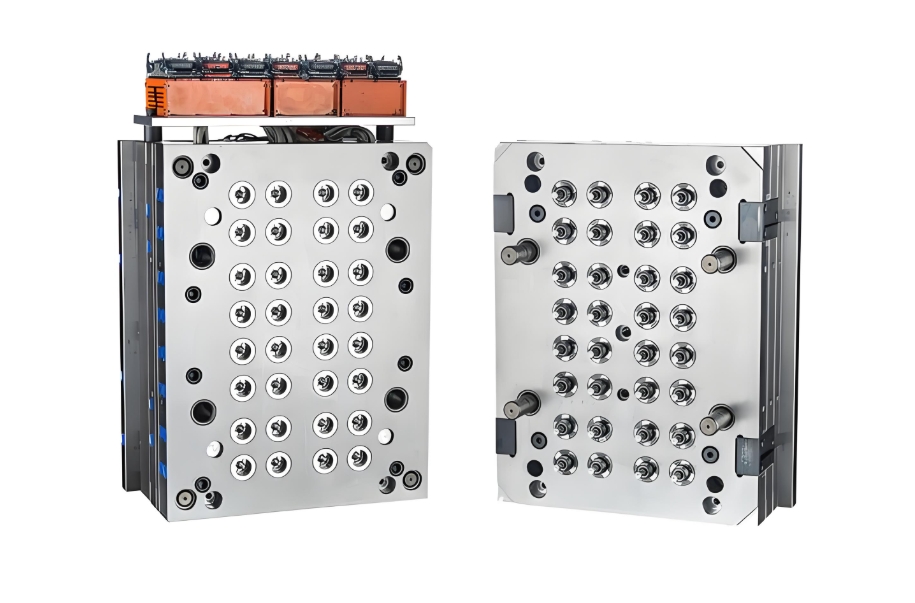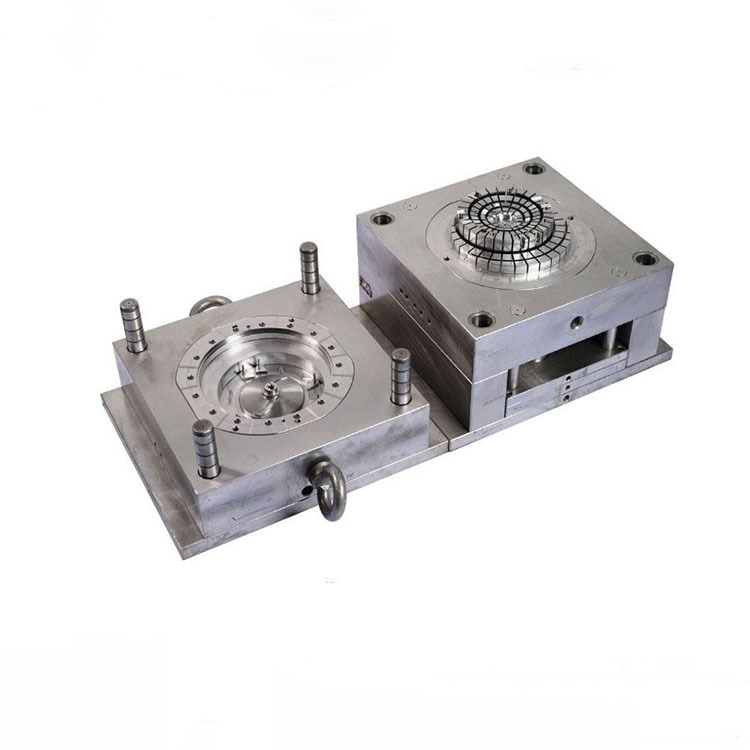In injection molding, the choice between hot runner and cold runner systems directly influences production costs, product quality, and enterprise competitiveness. This article provides a technical analysis across dimensions including operational principles, application scenarios, and cost-benefit ratios to facilitate data-driven decision-making.
Core Mechanism: Integrates embedded heating elements (heating rods/coils) with precision temperature control systems to maintain molten plastic in the runner system, eliminating cold slug formation.
Critical Components: Comprises heated nozzles, distribution manifolds, and thermal controllers. Constructed from high-temperature-resistant alloys (e.g., titanium) for operational stability.
Traditional Operation: Relies on natural cooling of the injection system to solidify runners, requiring post-molding operations (trimming/recycling). Characterized by lower automation levels.
Design Features: Simplified structural configuration with lower initial investment, but incurs significant long-term costs associated with scrap management.
Advantages:
Material Efficiency ≥98%: Virtually eliminates runner waste, ideal for premium materials (e.g., PEEK, medical-grade PC).
Cycle Time Reduction (30-50%): Eliminates cooling time for runners, enabling thin-wall part cycles as low as 5 seconds.
Process Consistency: Uniform melt temperature minimizes defects like weld lines and warpage, critical for precision components (e.g., optics, connectors).
Limitations:
High Initial Investment: 30-50% higher mold costs compared to cold runners, challenging for low-volume production.
Maintenance Intensity: Requires regular carbon deposit removal and risk of downtime due to heating element failures.
Cost-Effective for Small Batches:Optimal for production volumes <100k units.
Design Flexibility: Accommodates complex gate configurations (multi-gate/irregular runners) without thermal management requirements.

Hot Runner Viability Threshold: Economically justified when scrap costs exceed mold cost differential (recommended >500k units).
Thermally Sensitive Polymers: Cold runners preferred for heat-sensitive materials (e.g., PVC, PETG) to prevent degradation.
High-Flow Resins: Hot runners optimize performance for low-viscosity materials (e.g., PA, PP) by reducing pressure drop.
Aesthetic/Precision Requirements: Hot runners recommended for Class A surfaces (e.g., automotive lighting, medical devices).
Automation Compatibility: Enables lights-out manufacturing with reduced human intervention.
Automotive: Bumpers, interior components (20% material savings, 40% cycle time reduction).
Consumer Electronics: Smartphone casings, laptop parts (gate mark elimination for premium finishes).
Prototype Development: Cost-effective for small-scale trials and R&D.
Commodity Products: Suitable for low-value items (e.g., packaging, household plastics).

IoT-Enabled Monitoring: Real-time tracking of thermal and pressure parameters minimizes downtime risks.
Advanced Heating Elements: Ceramic-based heaters improve energy efficiency by 15-20%.
Combination Approach: Merges hot runner efficiency with cold runner flexibility in multi-cavity molds.
The selection between hot and cold runner systems should consider production scale, material properties, quality requirements, and lifecycle costs. Hot runner systems are the optimal choice for high-volume, precision manufacturing, while cold runners remain indispensable for low-volume, flexible production environments.
Copyright © 2023 :Worldbound Plasitc Products Co.Ltd